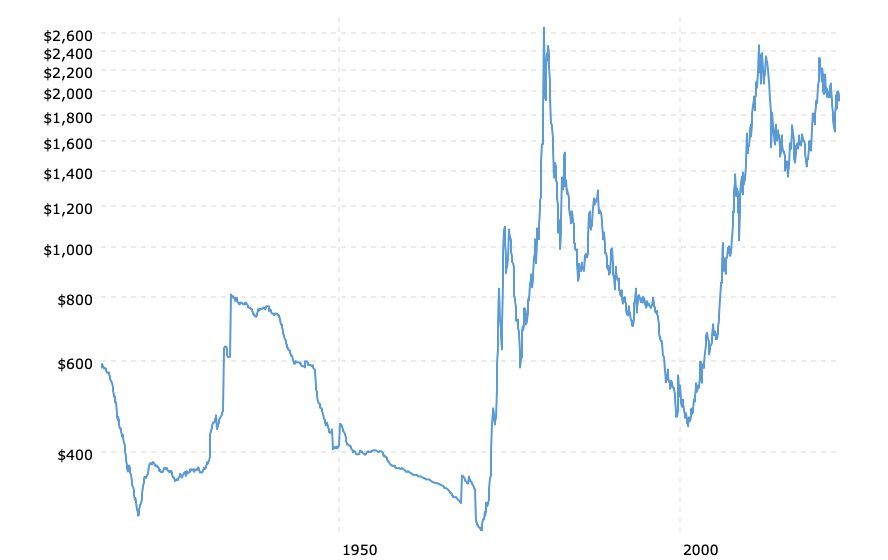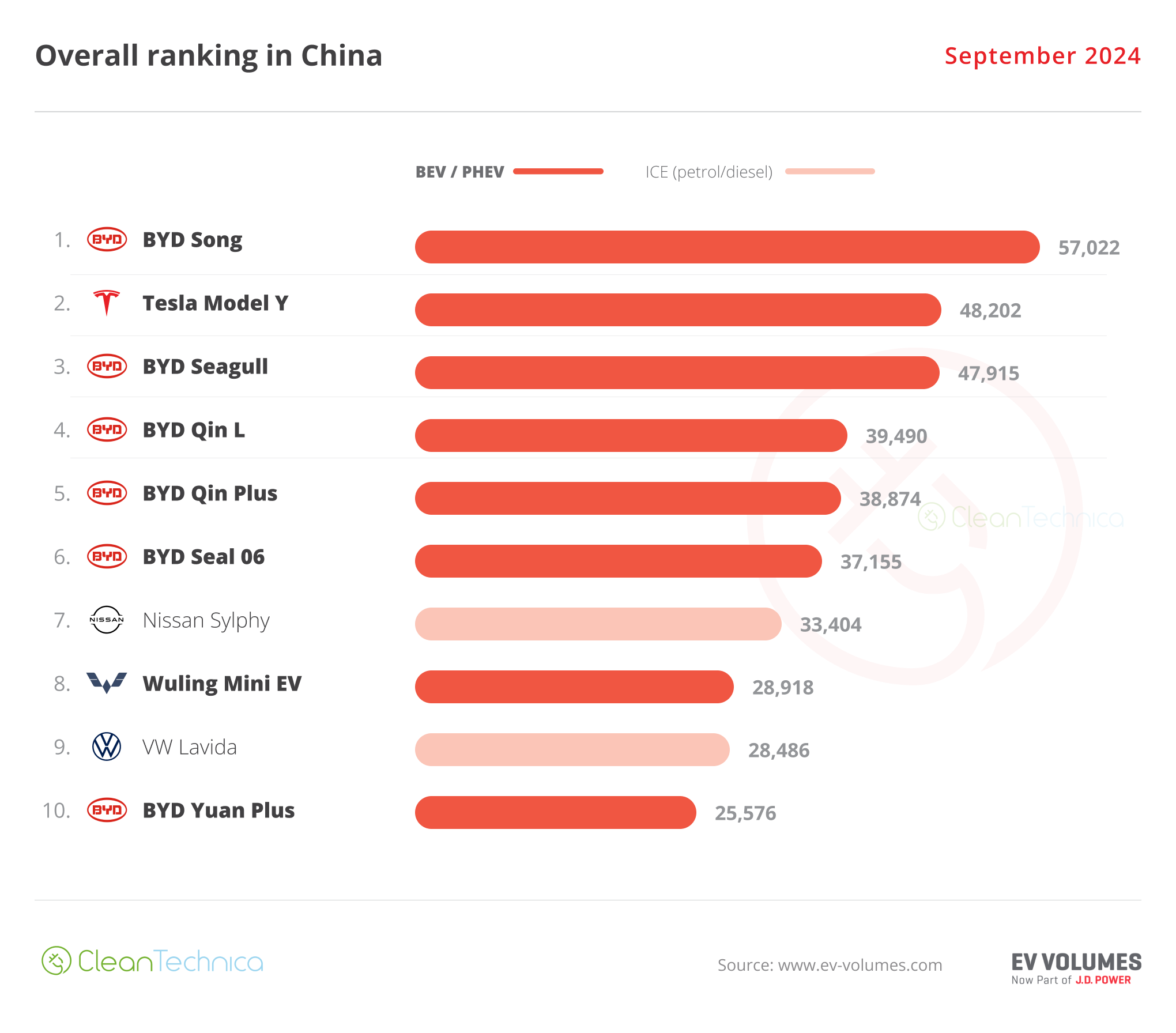It is time to set the record straight – again…
A recession, no matter how severe, will not have any appreciable effect on the gold price.
A recession is a period of weak economic activity. Recessions can be accompanied by a weaker dollar; however, that is not usually the case.
In fact, severe recessions and economic depressions can trigger deflation. In those cases, it means a stronger dollar, not a weaker one.
The most significant negative economic event in modern history is still the Great Depression of the 1930s. During the Great Depression, the U.S. dollar actually gained purchasing power.
This means that you could buy more with your dollars from 1932 until 1971. You can see this (a declining inflation-adjusted gold price) on the chart below…
Gold Prices (inflation-adjusted) 1932-1971
You couldn’t own gold legally, of course, but that doesn’t change the results pictured above. Also, the price of gold was fixed at $35 oz., but that doesn’t change anything, either.
The exact opposite happened after 1971. A rising gold price reflected the ongoing debasement and subsequent loss of purchasing power in the U.S. dollar due to Federal Reserve inflation.
The chart below includes the activity shown above and post-1971 activity to current…
Gold Prices (inflation-adjusted) 100 Year Historical Chart
Between 1971-80, the huge increase in the gold price was a catch-up to bring its nominal price in line with the previous four decades of lost dollar purchasing power.
The subsequent decline in the gold price between 1980-2000 happened under conditions nearly opposite to the 1932-1971 decline, however.
Rather than a period of economic depression and deflation, the U.S. economy was a juggernaut of economic growth. Yet, both the nominal and inflation-adjusted prices of gold declined.
BUSINESS CYCLE
Economic activity is characterized by periods of varying strength and weakness. Recessions, depressions, and growth periods occur independently of what is happening to the purchasing power of the dollar. Without the effects of inflation, consumer prices would remain more stable over time. A dollar would still be worth a dollar. As it is, a dollar today is worth only one penny compared to a century ago
CHANGING GOLD PRICE
The increase in gold’s price from $20 to $2000 oz. correlates to a ninety-nine percent decline in U.S. dollar purchasing power.
That increase has come in spurts, and only in hindsight. In addition, there have been periods of decline in the gold price. Those declines can last for years.
There is only one factor that causes a higher gold price over time. That one factor is the continuing loss of purchasing power in the U.S. dollar.
WHAT YOU NEED TO KNOW
There is no correlation between the gold price and economic activity, such as a recession. It is more likely that the gold price could decline during such, especially if the recession is severe.
Whether a recession or a new period of economic growth is on the horizon, neither will be factors in the gold price.
As stated earlier, the only reason for a higher gold price is the loss of purchasing power in the U.S. dollar.
Neither is the gold price supported by ‘fears’ of a recession. The gold price is not forward looking.
Any substantial increase in the gold price above $2000 can only come after further losses in U.S. dollar purchasing power.
by Kelsey Williams for Neptune Global
*********





